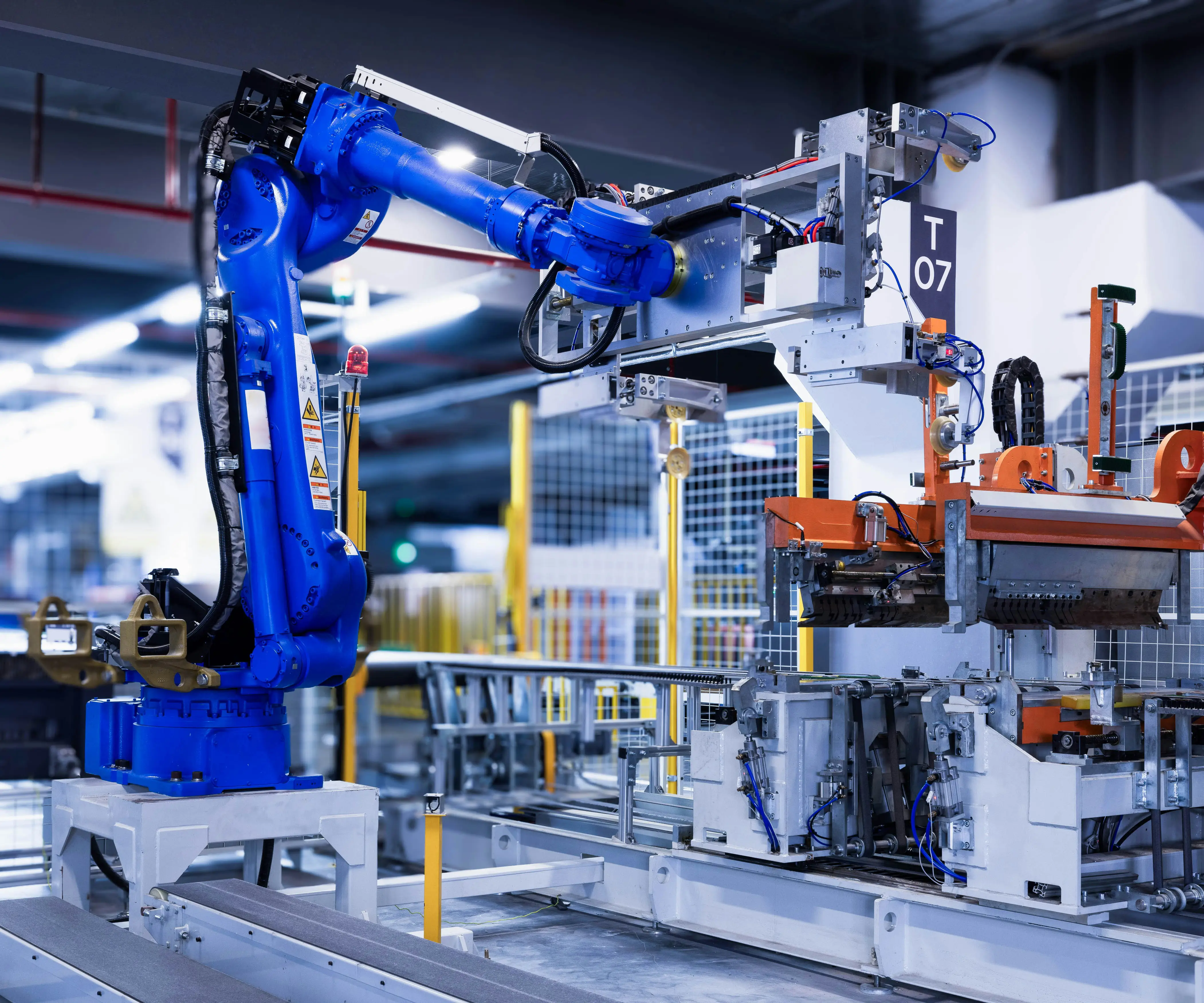part 1:
In the evolving landscape of industrial automation and robotics, servo motors stand out as the unsung heroes that make precision, speed, and reliability possible. Among them, the "drive para servo motor" configuration emerges as a game-changer, offering an unrivaled blend of control finesse and robust power delivery. But what exactly is a drive para servo motor, and why is it gaining such rapid popularity across diverse industries?

At its core, a drive para servo motor involves a specialized servo motor paired with a digital drive or servo drive — a sophisticated control system that manages the motor’s operation. Together, they form a seamless unit capable of executing highly precise movements, whether it's in manufacturing, robotics, aerospace, or healthcare.
The Anatomy of a Drive para Servo Motor System
Understanding what sets these systems apart requires a look at their key components:
Servo Motor: A servo motor is designed to provide precise control of angular or linear position, velocity, and torque. They are typically brushless DC motors or AC servo motors with high responsiveness and efficiency.
Servo Drive (or Servo Amplifier): This device acts as the brain, translating control signals into electrical power delivered to the motor. It modulates the voltage, current, and frequency to meet precise motion requirements, incorporating advanced algorithms like Field-Oriented Control (FOC) for maximum efficiency and accuracy.
Feedback Devices: Encoders or resolvers continuously relay data back to the drive, allowing real-time adjustments and ensuring the motor adheres perfectly to the desired motion profile.
Control System: Often, a PLC or CNC controller communicates with the servo drive, setting parameters and receiving feedback to orchestrate complex movements.
Why "Drive Para" for Servo Motors?
The term "drive para" might be less common internationally but is vital in certain regional markets or specific applications, referencing a parallel or optimized drive configuration tailored for servo motors. These drive systems are designed to maximize the unique advantages servo motors offer.
The Advantages of Drive para Servo Motor Systems
The synergy of a dedicated drive with a servo motor offers multiple benefits:
Unmatched Precision: Servo drives handle complex motion profiles with micrometer accuracy, making them ideal for high-precision tasks such as semiconductor manufacturing, CNC machining, or robotic assembly lines.
Fast Response & Dynamic Performance: Thanks to advanced control algorithms, these systems react swiftly to command inputs and disturbance, maintaining stability even during rapid acceleration or deceleration.
Enhanced Efficiency: Field-oriented control and real-time feedback minimize energy consumption while delivering optimal torque and speed.
Flexibility & Scalability: Whether you need a simple position control or complex multi-axis synchronized movements, drive para servo systems are adaptable to various configurations.
Fault Tolerance & Diagnostics: Modern drives often incorporate fault detection, predictive maintenance features, and remote diagnostics, reducing downtime and maintenance costs.
Applications Driving Demand for Drive para Servo Motor Systems
From tiny medical devices to massive industrial robots, the applications of these systems are virtually limitless:
Manufacturing & Automation: Precise control in assembly lines, packaging machines, and CNC equipment enhance product quality and throughput.
Robotics: Humanoid robots and robotic arms rely on high responsiveness and accurate positioning that servo systems provide.
Aerospace & Defense: Navigation systems, missile control, and satellite positioning demand the utmost precision, often utilizing drive para servo motor configurations.
Automotive Industry: Electric vehicle powertrains, testing rigs, and automated painting lines benefit from the efficiency and control offered by these systems.
How to Choose the Right Drive para Servo Motor System?
Selecting a suitable system involves assessing several factors:
Power and Torque Requirements: Match the motor's rated power with your application's load demands to ensure smooth operation.
Control Topology and Features: Consider whether you need multi-axis control, integrated safety features, or open communication protocols like EtherCAT, CANopen, or ProfiNet.
Environment Conditions: Look for drives with appropriate protection ratings (IP codes) if operating in harsh environments.
Compatibility and Integration: Ensure the drive system integrates seamlessly with existing control infrastructure.
In the next installment, we’ll delve into the technological innovations driving drive para servo motors forward, explore real-world case studies illustrating their transformative impact, and discuss future trends shaping the field. Stay tuned for an in-depth exploration of how these systems are setting new standards in precision motion control.
Established in 2005, Kpower has been dedicated to a professional compact motion unit manufacturer, headquartered in Dongguan, Guangdong Province, China.




































